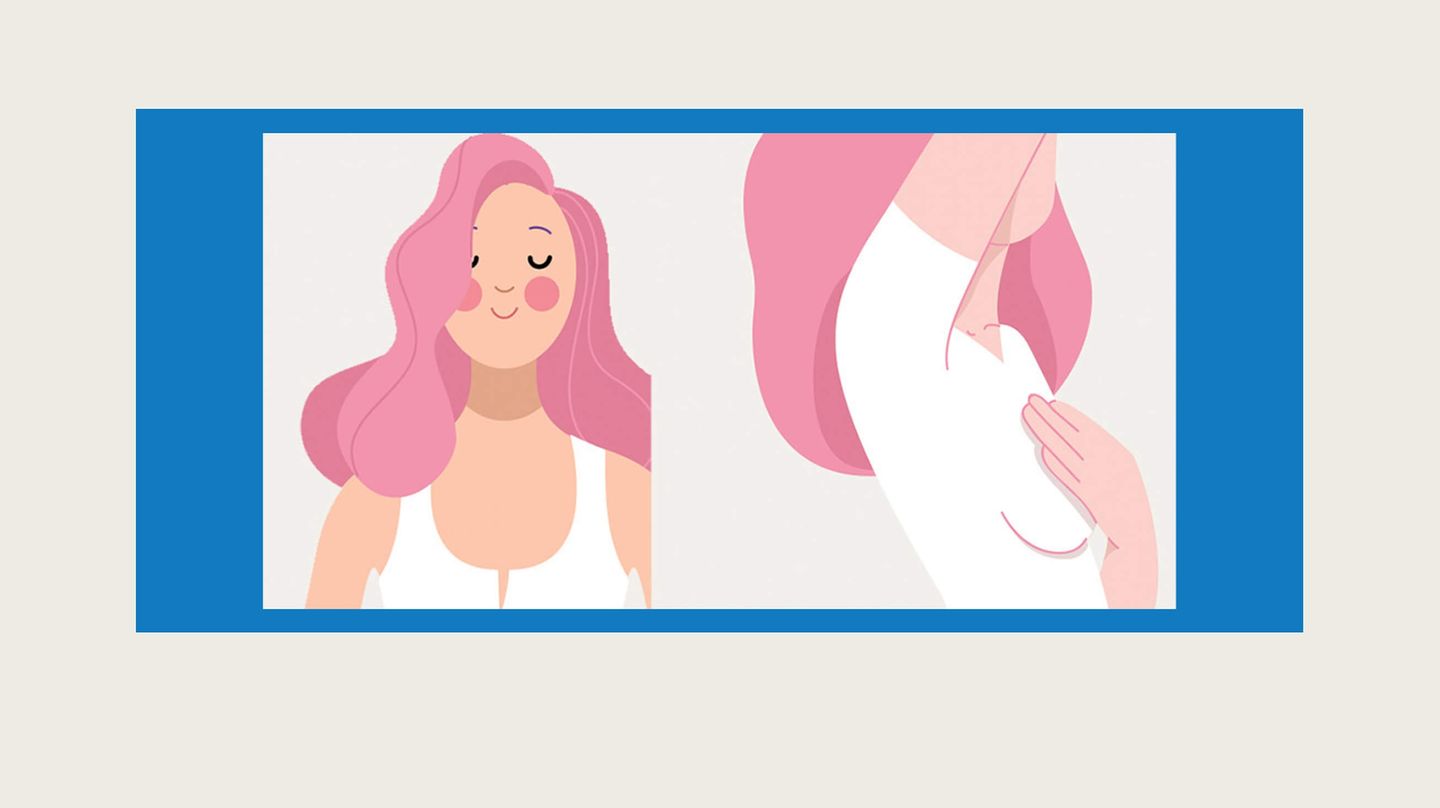
Breast self-exams are important in the early detection of possible breast cancer, although any lump or bulge discovered doesn’t necessarily need to be malignant and could be a cyst. Whatever the cause, if you detect something unusual, you should see a gynaecologist.
A self-exam should be carried out once a month after a period has finished, or for women who’ve already finished the menopause, a set day each month should be used to do the check.
The first self-exam you do should be done very slowly, as this helps you get to know the usual look and feel of your breasts and so you’ll be able spot anything wrong more easily at a later date.
For a breast self-exam stand in front of a mirror. Firstly, let your arms hang lose by your side and twist your upper body from one side to the other to check if there is any lump or thickening on the skin or nipples.
If you qor parts with a texture similar to orange peel, you should see a doctor.
The next step is to raise your arms and check that the contour of each breast is uniform and that both look the same.
Next, feel each breast in turn in circular movements using the finger pads of your opposite hand, starting from the outer part of the breast and moving towards the nipple. Cover the whole breast in straight lines
You should also squeeze the nipples to see if there is any liquid discharge.
The last part of the breast self-exam is to check your armpits with your arms by your side.
Unusual things detected in a breast self-exam and which are causes for consulting a gynaecologist include: